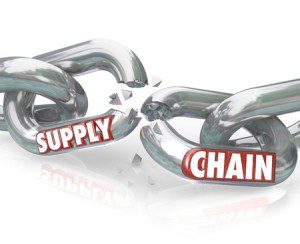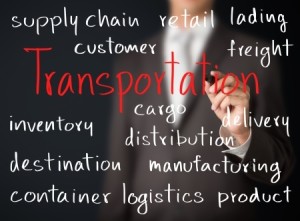 Cross-border shipping is an integral part of the global economy and an especially important component of the commercial relationship between the United States and Canada. The United States Census Bureau reported that in May of 2014 the U.S. imported over $30 billion in goods from Canada. If your business is looking to engage in any kind of cross-border shipping, it is important that you ship your goods in an efficient way that also complies with all the pertinent regulations for this type of commerce.
Cross-border shipping is an integral part of the global economy and an especially important component of the commercial relationship between the United States and Canada. The United States Census Bureau reported that in May of 2014 the U.S. imported over $30 billion in goods from Canada. If your business is looking to engage in any kind of cross-border shipping, it is important that you ship your goods in an efficient way that also complies with all the pertinent regulations for this type of commerce.
Include the Proper Documents
The first step in making sure that you can properly engage in cross-border shipping is getting your documents in order. Important things that you need to have include:
- Your bill of lading that is filled out with all the necessary information
- Evidence of the purchase of the goods, such as an invoice or purchase order
- A license to import/export: this is usually only required for products that are regulated, like firearms, tobacco, etc.











